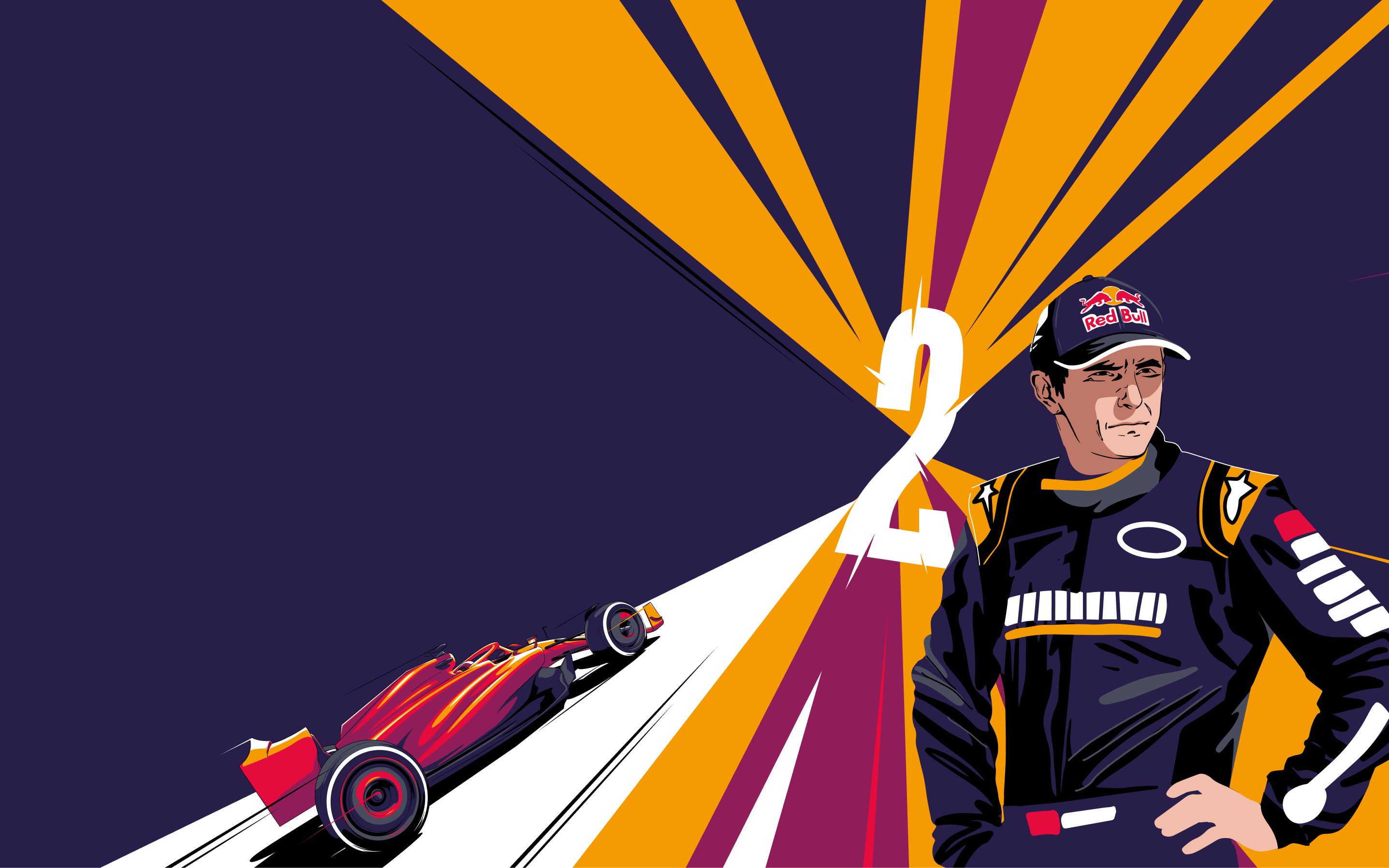









00
Days
00
Hrs
00
Mins
00
Secs









We asked top F1 content creators to dish on the LVGP.
I’m excited to see the cars zooming down Las Vegas Boulevard,
with the lights flickering around them and boisterous crowds cheering in the distance.”

Mikaela Kostaras,
creator of SheLovesF1, a digital-first F1 community
In a city like Vegas, I wonder if it’s even possible to account for all the possible variables. I think it’s going to be very chaotic from and organizational perspective because there are so many new pieces to this race.

from some fans —interesting and creative viewpoints, fun weekend planning...”
Toni Cown-Brown, F1 commentator and founder of Sunday Fangirls
I think most people believe Max Verstappen will run away with it, but you really never know when it comes to Vegas;
I do hope we see a few more drivers in sequins though (whether on the track or off of it). I also wouldn’t be mad if someone convinced (or strong-armed) Toto Wolff and Christian Horner to dress up as showgirls.”

Lily Herman, author of the Engine Failure newsletter

















Get ready for the LVGP with Checo and Christian Horner







Nearing the end of one of the most successful team performances in the history of Formula 1, and with 19 seasons at the helm of the F1 juggernaut, Oracle Red Bull Racing Team Principal and CEO Christian Horner shares his takeaways on winning and losing and the difference between drivers and champions.








“Once you’ve experienced it, winning is addictive. And that just drives you on to achieve more. But you must never take it for granted. It’s important to celebrate every single victory because they’re so hard won. I’m sure to embrace and celebrate every one of them. They are incredibly rewarding because you recognize that it’s a combination of every element of the business coming together to deliver that result.”
“We’ve had a pretty decent run in Formula 1, with more than 100 wins—nearly 30 percent of all the races we’ve entered. We’ve been on the podium in more than half of the races we’ve entered. But of course there are difficult days, too. All you can do is strive for that sensation of winning again. That’s what you’re striving for. So even during the period in which Mercedes was the dominant team, it was that feeling of winning that drove us to push in all areas.”
“Eighty-nine of our wins have come from two multiple world champions—Sebastian Vettel and Max Verstappen. Are champions different from other drivers? Yes. They simply go that extra yard year after year. Max and Sebastian are very different characters and personalities, but they were and are equally driven—totally unrelenting in their quest for performance. Sebastian was much more focused on the detail and was really intense in scrutinizing both his and the car’s performance. Max is less about the pinpoint accuracy of what he needs to go quicker. With Max, you know that as soon as he gets in the car that he’ll give you 110 percent. But he also expects it in return. Those great drivers, they move the team as well. The team doesn’t want to let them down.”




Over the past 70-plus years, Formula 1 has had an on-again, off-again relationship with the U.S. Up until now, F1 has had dalliances with 11 different tracks—the most regular partners being GP stops at Austin, Texas and Watkins Glen, New York. And in the past two years, Miami. But it has flirted with more than a few other
U.S. locations, and none more strangely than Las Vegas. F1 visited Vegas in 1981 and 1982. And both times, the race was a championship decider. But despite high expectations and a location that seemed glamorous on paper, both showdowns were let down by the venue itself. In the end, there was no disguising that the world’s fastest cars were racing around the Caesars Palace parking lot between concrete blocks.
Fitting the 2.3-mile circuit into such a restricted space yielded a layout of repetitive tight corners that looked like a clunky sketch of a baseball mitt, with a row of finger-like loops giving way to a long high speed perimeter run to the flag. Run anti-clockwise and with many left-hand turns, it put severe strain on the drivers’ necks.
And at last, 41 years after its first brief affair with Vegas foundered, Formula 1 has a huge opportunity to rekindle the passion. And this time, thanks to its Netflix-driven success and a glittering night-time course, it appears the world is at last ready to fall in love with F1 in Las Vegas.
With three Grand Prix on the schedule, an American team and driver, F1 fever has officially hit the United States and in the process, the sport has embraced some distinctly American traits. This season unpacks the Americanization of F1. Host Scott Speed, and co-hosts F1 Toni and Andrew Lawrence, will explore the splashy plans for the Las Vegas GP, Ford’s history and return to F1 and why female content creators may be the secret ingredient to propel the sport into the stratosphere. Tune in!

Listen here













































































































Can you find all of the Las Vegas Grand Prix circuit attractions?












Hover over the circuit to find all of the wheels
1
2
3
4
5
6
7
8
9
10
11
12
13
14
15
16
17




Click to discover more







Is it any surprise that the Las Vegas Grand Prix can produce some extravagant numbers?
F1 has long taken risks, but now the sport has made a big bet—that a race in Vegas will push U.S. interest through the roof. Formula 1, bucking its model of selling hosting fees to promote the race, has sunk over $400 million to build a home for the sport here. So of course, there’s tons of hype. Steve Hill, CEO of the Las Vegas Convention and Visitors Authority, called the race “the biggest event in the world in 2023.” Hyperbole aside, here’s how the numbers stack up.









How much the Grand Prix is projected to inject into the Las Vegas economy (per data specialists Applied Analysis). That’s more than twice the figure forecast for Super Bowl LVIII, taking place in February at the city’s Allegiant Stadium.
Number of turns in F1’s newest street circuit—if you’re curious, 10 of them left and seven right. Originally, the layout featured just 14 turns, but late last year a chicane was added after Turn 6 and a third new corner, a tight-left hander, added just afterward.
The projected lap time (in seconds) for the new circuit. A 1:33 lap translates into an average speed of approximately 147 mph. Only Monza and Silverstone are faster, meaning Las Vegas should be thrilling to watch.
Length (in miles) of the Las Vegas Strip Circuit. It’s the third-longest circuit currently used in F1 (Belgium’s Spa-Francorchamps track is the longest). In designing the Vegas track, F1 considered more than 30 layouts before deciding on this course.
Total number of expected fans for the weekend. It’s a huge number but still a bit short of the 480,000 achieved by this year’s British Grand Prix.
Expected top speed in racing (in mph). With three big straights and only a few slow corners, this track is going to be fast. And drivers reckon that in qualifying, that top speed might climb to 230 mph. Teams will run shallow rear wings to minimize drag and maximize outright speed on the straightaways.







HOver numbers to discover

















Getty images
The hype around this weekend’s race has all been about Las Vegas’ glitzy arrival onto the F1 calendar. But this isn’t the city’s first grand prix. They’d just prefer it if you forgot the first two...
Over the past 70-plus years, Formula 1 has had an on-again, off-again relationship with the U.S. Up until now, F1 has had dalliances with 11 different tracks—the most regular partners being GP stops at Austin, Texas and Watkins Glen, New York. And in the past two years, Miami. But it has flirted with more than a few other U.S. locations, and none more strangely than Las Vegas. F1 visited Vegas in 1981 and 1982. And both times, the race was a championship decider. But despite high expectations and a location that seemed glamorous on paper, both showdowns were let down by the venue itself. In the end, there was no disguising that the world’s fastest cars were racing around the Caesars Palace parking lot between concrete blocks.
Fitting the 2.3-mile circuit into such a restricted space yielded a layout of repetitive tight corners that looked like a clunky sketch of a baseball mitt, with a row of finger-like loops giving way to a long high speed perimeter run to the flag. Run anti-clockwise and with many left-hand turns, it put severe strain on the drivers’ necks.
Now at last, 41 years after its first brief affair with Vegas foundered, Formula 1 has a huge opportunity to rekindle the passion. And this time, thanks to its Netflix-driven success and a glittering night-time course, it appears the world is at last ready to fall in love with F1 in Las Vegas.
Whether you’re tuning in from afar or lucky to attend the big race, hear what F1 creators are looking forward to at the Las Vegas Grand Prix, discover Christian Horner’s career takeaways and explore the street circuit on the Vegas Strip.

































